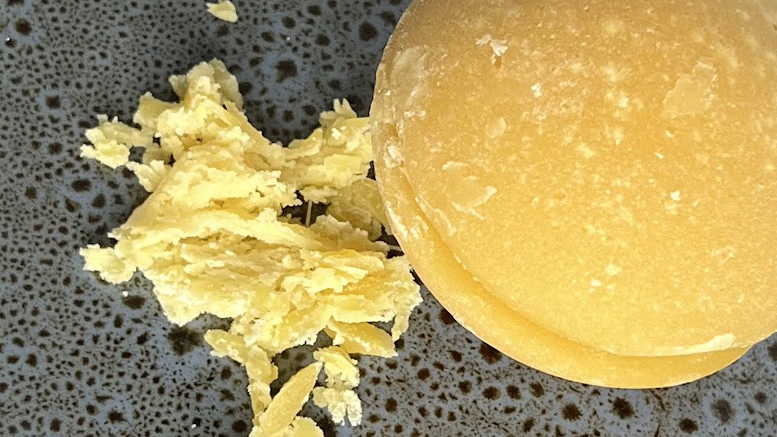Palm sugar, extracted from various palm tree species, stands as a cornerstone of Asian cuisine, particularly in the culinary landscape of India, where it is revered as jaggery or gur.
Palm sugar is a versatile sweetener and flavor enhancer that is derived from the reduced sap of palm trees, reflecting the rich culinary heritage and diverse applications across the continent. Its significance extends beyond mere sweetness, offering a nuanced flavor profile and depth to a plethora of dishes such as curries, desserts, and sauces, adding a unique depth and sweetness.
The process of obtaining palm sugar involves tapping the tree’s inflorescence or flower stalk to collect the sap, which can be consumed in its unfermented state or fermented into toddy. This sap serves as a valuable source of not only sugar but also alcohol and vinegar, showcasing the resourcefulness of traditional culinary practices. After extracting the sap, the trunk is meticulously drained over several months before the sap is boiled down to a thick syrup. This syrup is then carefully dried into cakes, often within empty coconut shells, preserving its natural essence and distinctive flavor.
In some traditional methods, the syrup undergoes smoking before drying, imparting a unique black hue and enhancing its flavor complexity. This meticulous process underscores the artisanal craftsmanship and attention to detail inherent in the production of palm sugar. From sweetening desserts to enriching savory dishes, palm sugar continues to play an integral role in Asian culinary traditions, embodying the essence of heritage and gastronomic innovation.
Use and Storage
Palm sugar is generally available for the Asian section of most major supermarkets, with a greater variety of types and brands often found at specialised Asian supermarkets. Storing palm sugar effectively is key to retaining its rich, caramel-like flavour and versatility in cooking. Fresh palm sugar can be found in both solid and liquid forms. Solid palm sugar should be stored in a cool, dry place in an airtight container to prevent it from hardening or absorbing moisture. Liquid palm sugar, on the other hand, should be kept in the refrigerator after opening to maintain its consistency and prevent spoilage. Frozen palm sugar offers a convenient alternative, extending its shelf life significantly while preserving its flavour and texture. This ensures that home cooks and chefs always have a reliable supply on hand, ready to enhance the authenticity of their Asian dishes. Moreover, using frozen palm sugar can save time and effort, as it can be grated or measured directly from the freezer, making it an excellent option for those who want to enjoy the rich taste of palm sugar without the worry of it going bad quickly.

